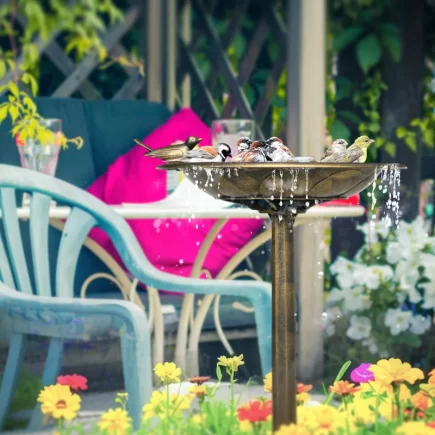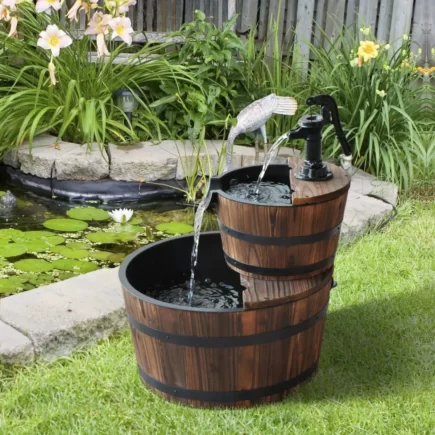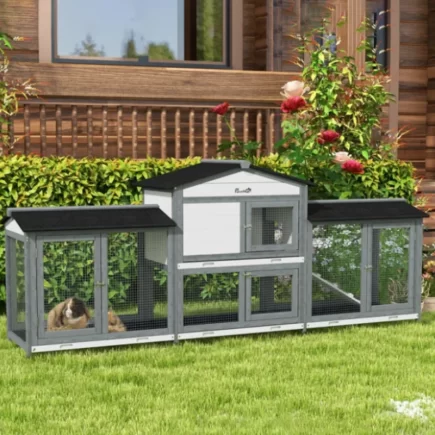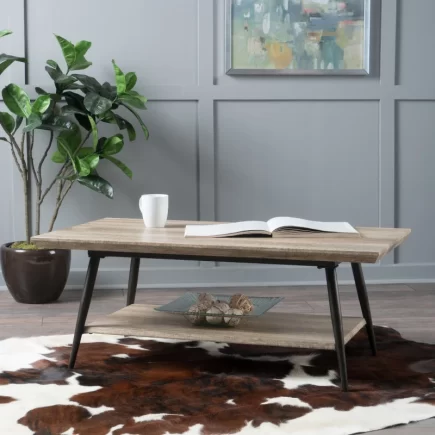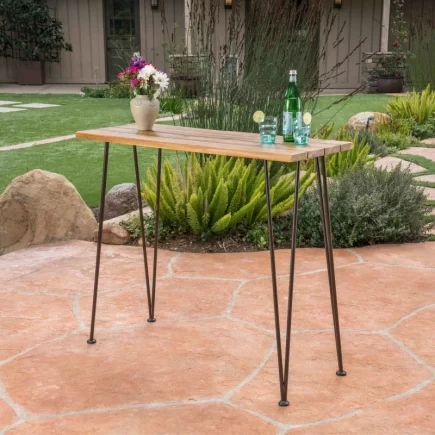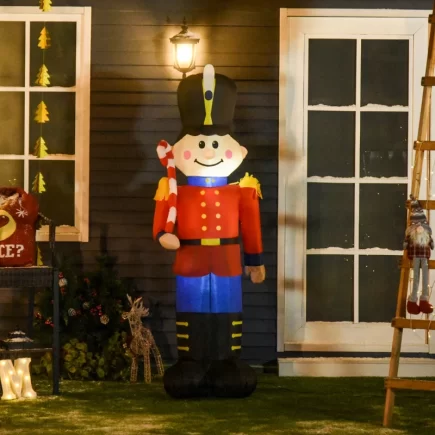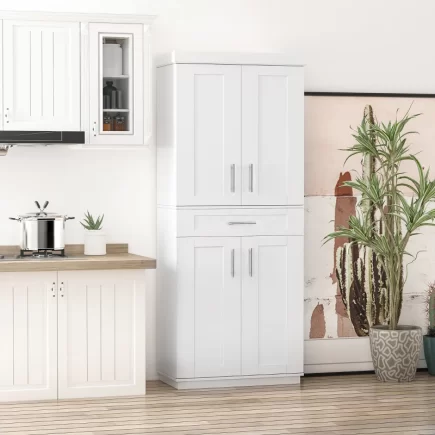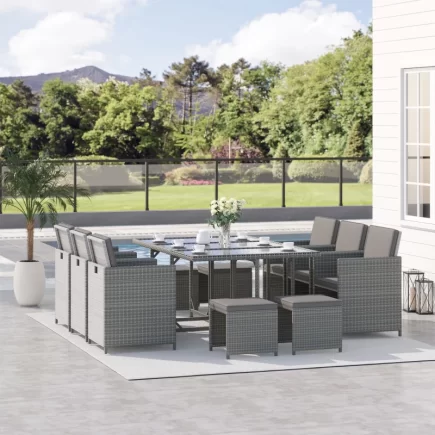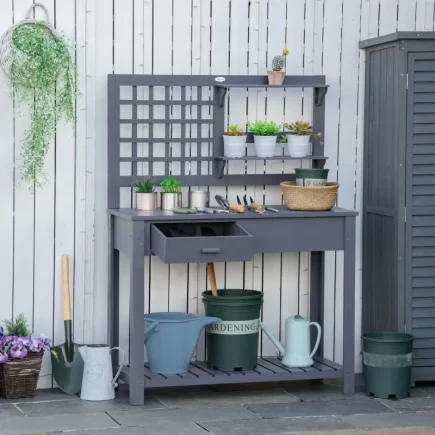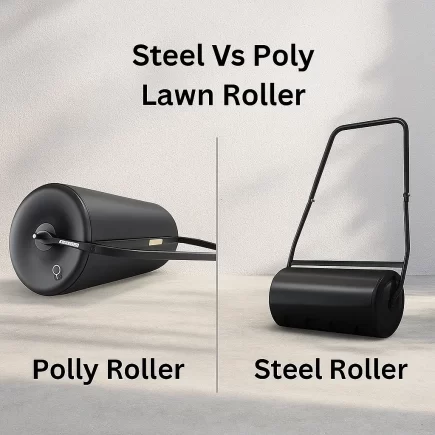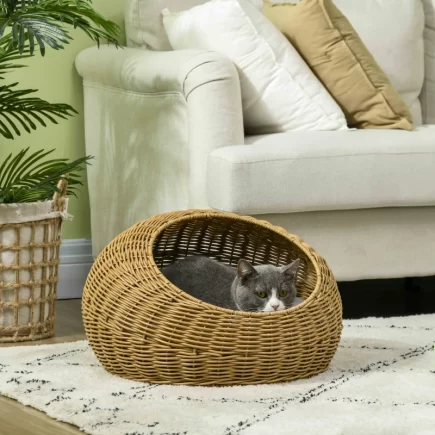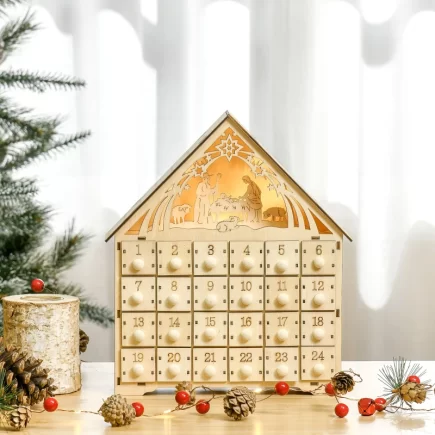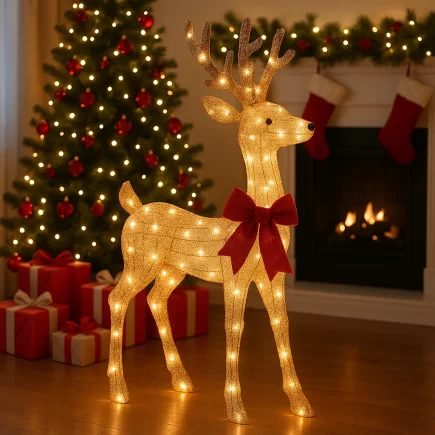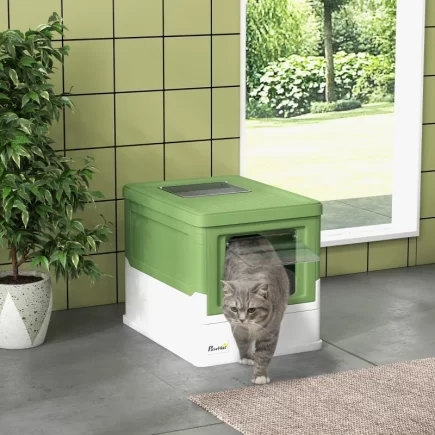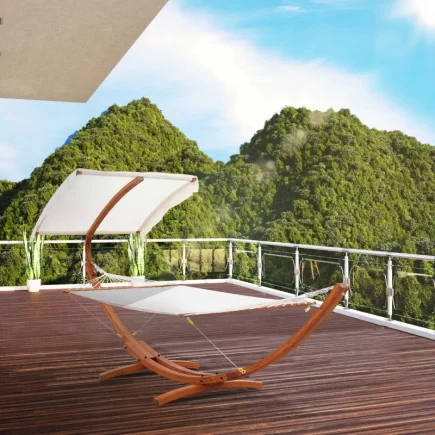Egg chairs typically have a lightweight design, often made of materials like wicker or rattan. Their spherical shape and open structure are perfect for lounging, but they are also prone to being top-heavy and unstable in windy weather. The wind can catch the chair, especially if it’s positioned in an open area, and cause it to tip over or even blow across the yard.

Moreover, many egg chairs are suspended from a stand or frame, and this height can exacerbate the effects of wind. When high winds hit, the added height and open design give the wind more leverage, making them more susceptible to tipping.
Understanding Wind Conditions
Before taking any action, it’s important to understand the type of wind conditions your area typically experiences. Generally, wind speeds are categorized as follows:
| Wind Speed (mph) | Wind Description | Action Required |
| 0-15 mph | Light breeze | No immediate action needed. |
| 15-30 mph | Moderate breeze | Move chair to a sheltered location or secure it. |
| 30-45 mph | Strong wind | Secure the chair with weights or anchors. |
| 45+ mph | Very strong wind/storm | Bring the chair indoors or cover it. |
When you anticipate wind speeds in the 30-45 mph range or higher, it’s best to take immediate steps to prevent your egg chair from blowing over.
Securing with Bungee Cords

One of the easiest and most cost-effective ways to secure your egg chair is by using bungee cords. These stretchy cords can be used to attach the chair to a fixed structure, such as a fence, post, or railing. Here’s how to do it:
- Choose the Right Bungee Cord: Look for bungee cords with hooks that are strong enough to withstand the wind. They should be long enough to stretch around the base of your egg chair and secure it to a stable structure.
- Attach the Cords: Wrap the bungee cord around the bottom of the egg chair, looping it around the chair’s frame or stand. Attach the other end of the cord to a nearby fixed structure, such as a fence, post, or heavy outdoor furniture.
- Adjust for Tension: Make sure the bungee cords are tight enough to hold the chair in place but not so tight that they damage the chair.
Bungee cords are an easy solution but may not be sufficient for extremely windy conditions. However, they work well for lighter wind days and can help prevent the chair from tipping over.
Using Weights to Stabilize the Chair
A heavier base can add stability to your egg chair, preventing it from being tipped over. Weights, such as sandbags, gravel-filled bags, or even specifically designed weighted bases, can make a huge difference.
How to Use Weights
- Choose the Right Weight: Depending on the size of your egg chair, you’ll want to choose a weight that is heavy enough to anchor it without overwhelming the design. For example, a 25-50 lb weight may be enough for most smaller chairs.
- Attach the Weight to the Chair: Some egg chairs come with the option to add a weighted base to the bottom, but if yours doesn’t, you can place a sandbag or heavy bag directly beneath the chair or on the frame.
- Check for Stability: Ensure the weight doesn’t interfere with the comfort of sitting or the aesthetics of the chair.
Using weights is an effective way to keep your egg chair steady, especially during moderate wind conditions.
Anchoring the Chair
For a more permanent solution, anchoring the egg chair to the ground or another stable surface can be a great way to prevent blow-overs. This method works particularly well for egg chairs with a stand or frame that can be fixed into place.
How to Anchor the Chair
- Choose the Right Anchor Points: If your egg chair has a stand, find the best location for securing it. Ideally, this would be on a paved or concrete surface where you can use screws or bolts to attach the base.
- Use Heavy-duty Stakes or Bolts: If the chair is on a hard surface, you can drill into the ground to anchor it. If the chair is on a soft surface like grass, you may want to use heavy-duty ground stakes designed for outdoor furniture.

- Attach the Chair to the Anchor: Use strong bolts or heavy-duty rope to connect the chair securely to the anchor point.
Anchoring is a more involved process but offers the highest level of security in windy conditions.
Moving the Chair to a Sheltered Location
Sometimes, the best way to protect your egg chair is by simply moving it to a sheltered location when high winds are expected. Look for areas with natural windbreaks, such as:
- Near a wall or fence: This reduces the exposure to wind.
- Under a tree or patio roof: This provides shade and shelter.
- In a corner of your yard or patio: A corner can block the wind from several directions.

If you have a patio or balcony with a sheltered area, consider placing your chair there during windy days to minimize the risk of it blowing over.
Bringing the Egg Chair Indoors
In some cases, especially when wind speeds are extremely high, the best option is to bring the egg chair indoors. This protects your investment and ensures the chair won’t be damaged by the wind.

Consider storing the chair inside a garage, shed, or basement during severe weather conditions. If you have limited space indoors, you can also invest in a heavy-duty cover that allows you to secure the chair outside without worry.
Adding Windbreaks to the Area
In addition to stabilizing the chair itself, you can reduce the wind’s impact by adding physical barriers around your outdoor space. Windbreaks, such as tall plants, fences, or decorative screens, can help shield the chair from strong gusts.
Types of Windbreaks
- Plants and Shrubs: Dense plants can provide a natural barrier against wind.
- Fences or Screens: A sturdy fence or outdoor screen can block wind and reduce its impact on your egg chair.
- Trellises: These can provide both a decorative touch and wind protection when used strategically.
Windbreaks are an excellent way to create a calmer environment for your egg chair, preventing it from being blown over.
Windy days shouldn’t mean saying goodbye to outdoor comfort. With the right setup, your egg chair can remain a cozy, stylish retreat no matter the forecast. Windbreaks, weighted bases, or a smartly placed shelter all go a long way in keeping your seating secure. At Aosom, we design every Egg Chair to combine lasting durability with standout style so you can relax with confidence, season after season.
FAQs
1. Will adding a windbreak help reduce the risk of tipping?
Yes, windbreaks such as fences, shrubs, or patio screens reduce wind exposure and are highly effective at stabilizing outdoor furniture like egg chairs.
2. Can I permanently anchor an egg chair to my patio or deck?
Absolutely. For a long-term solution, use bolts or heavy-duty stakes to anchor the chair’s stand to concrete, wood, or soil surfaces.
3. Why does my egg chair keep tipping over in the wind?
Egg chairs are often lightweight and top-heavy, making them unstable during windy weather. Their suspended design and open structure catch wind easily, causing them to tip or blow over.

